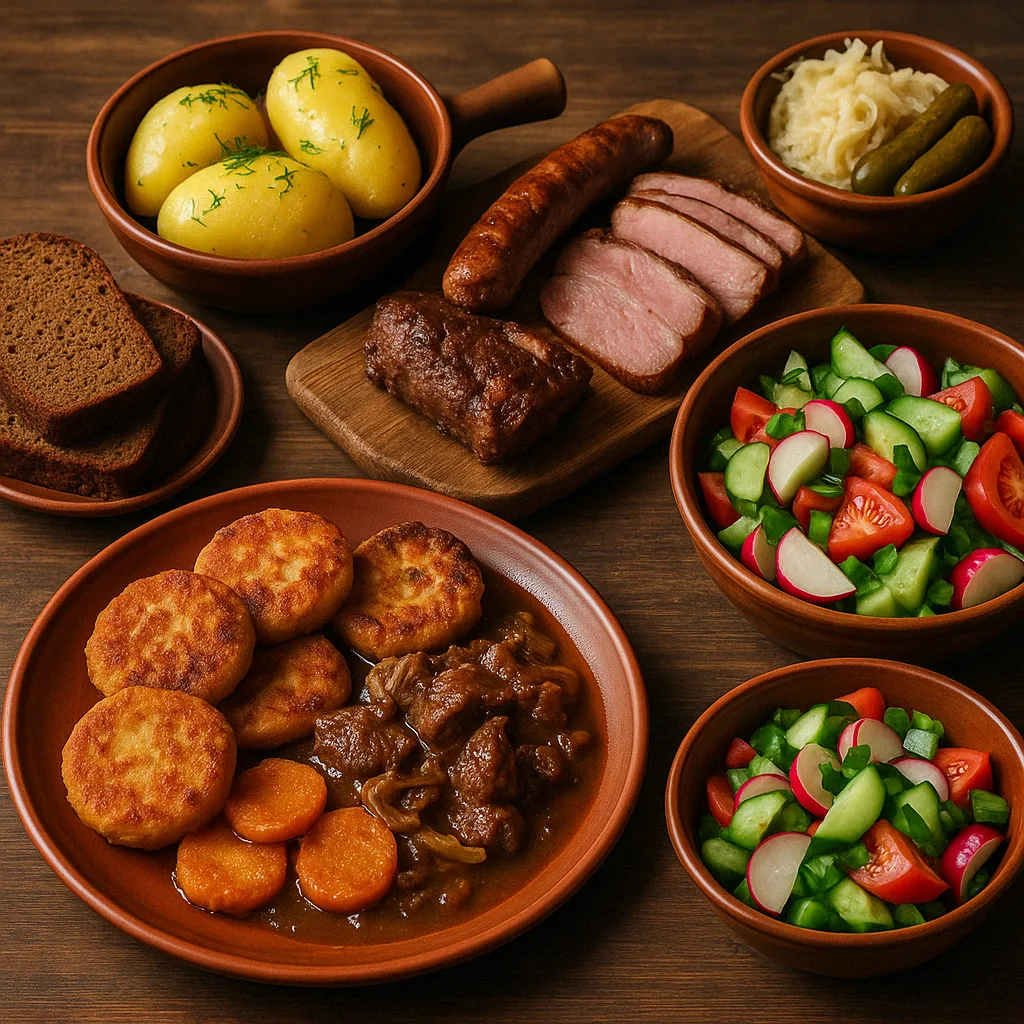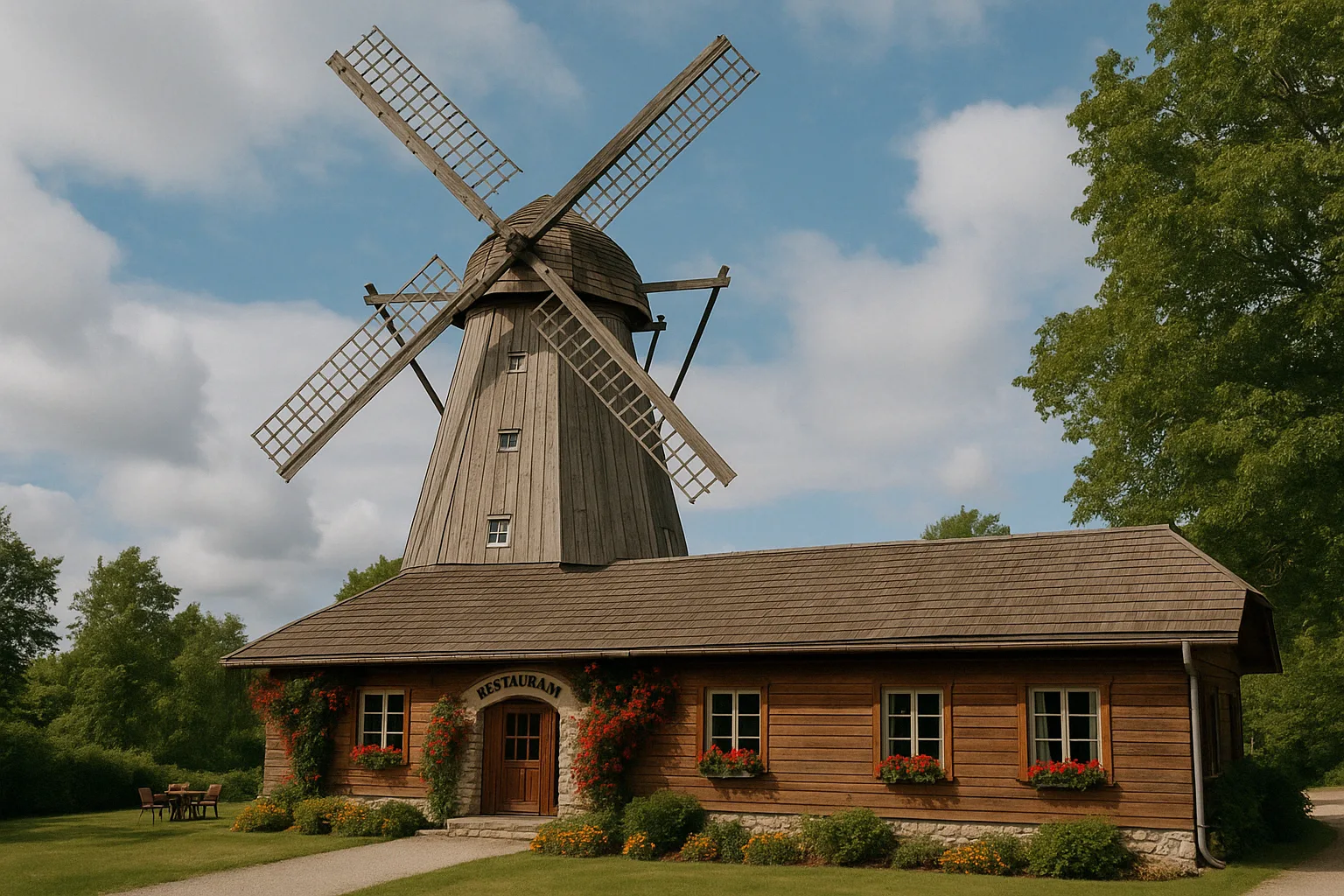



The main specialties of Estonian cuisine
Estonian cuisine, known for its authenticity and simplicity, offers a wealth of flavors that perfectly reflect local culture and traditions. If you are planning a travel in the summer of 2025 and want to know what to eat, where to sleep and how to arrange the route, check the holidays in Estonia 2025 - you will also find there recommended culinary regions and prices.
Here are some dishes that every tourist should try during a visit to Estonia.
Räim - smoked fish
Räim, or smoked fish, is one of the most characteristic Estonian dishes. It is usually prepared from small sea fish, such as herring. This fish is gently smoked, which gives it a unique, slightly sweet taste. It is a dish extremely popular among residents and tourists, often served as a snack or component of larger meals.
Leib - black bread
Leib, i.e. traditional Estonian black bread, is the basis of most meals in Estonia. It is distinguished by an intense taste and dense consistency, being a great addition to both cold and warm dishes. This bread is rich in grains and seeds, which makes it not only tasty, but also healthy.
Verivorst - Bloody Kiszka
Verivorst, Estonian Kiszka Blood, is particularly popular in winter, especially during Christmas. This dish is prepared from a mixture of blood, groats and meat, often served with potato puree and sauerkraut. Although it may seem unusual for some tourists, this is a real Estonian delicacy that is worth trying.
Kiluvõileib - herring sandwich
Kiluvõileib, a sandwich with herring is another typical snack in Estonia. Herring is served on a slice of black bread, often with the addition of cream, onions and herbs. This is a simple, but extremely tasty combination makes it a popular choice for both breakfast and as a snack during the day.
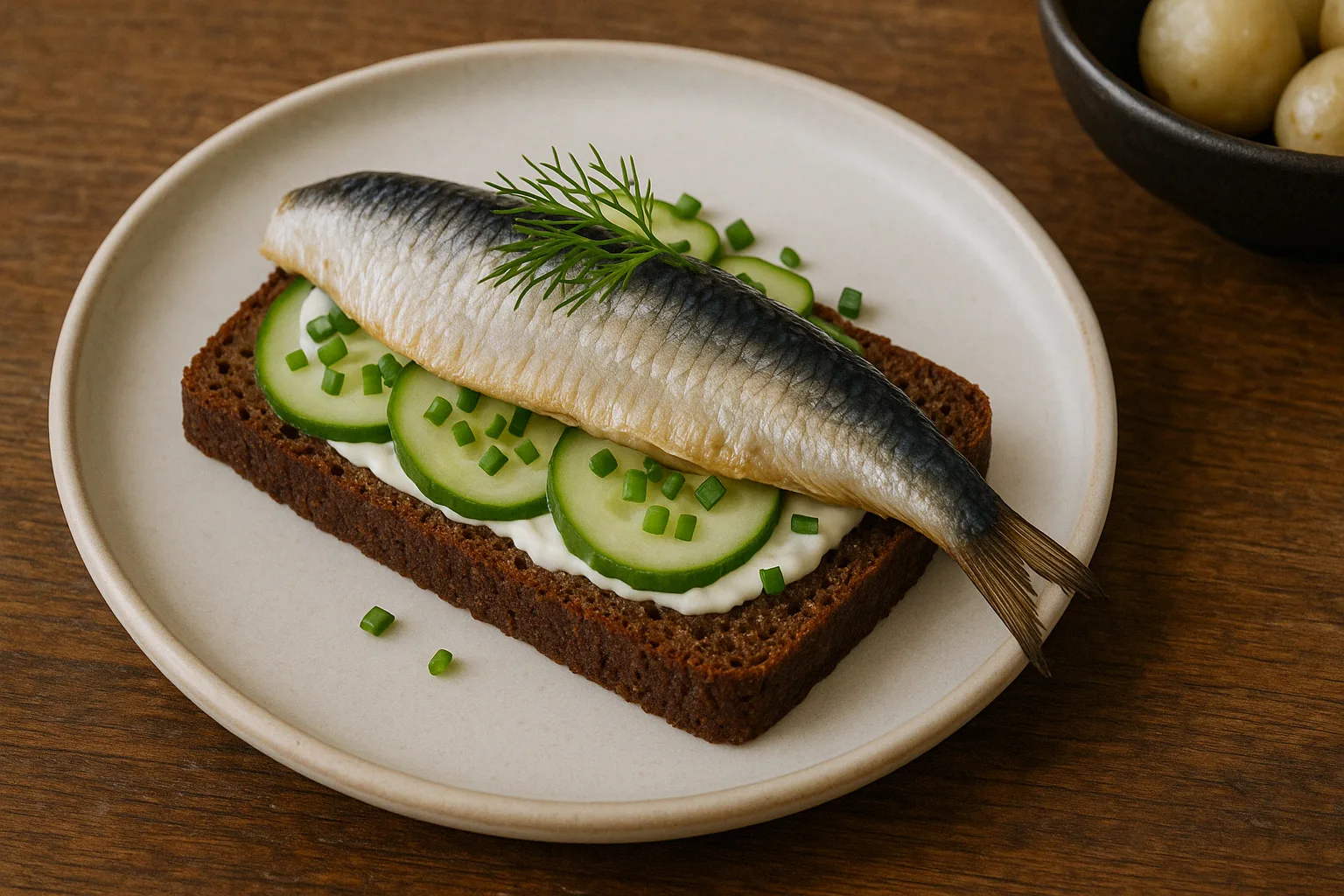
Each of these dishes is a unique combination of flavors that the richness of Estonian culinary culture reveals to tourists. With each visit to Estonia, it is worth trying these local specialties to fully experience the traditions and flavors of this region.
Regional delicacies of Estonian cuisine
Traveling around Estonia, it is worth paying attention to regional differences in the kitchen. Each region has its own specialties that reflect local culinary traditions and the availability of ingredients. Here is a review of dishes characteristic of individual regions of Estonia.
Northern Estonia
- Tallinna Kille : In the capital of Estonia, Tallinnie, a sandwich with marinated herring is popular, served on black bread with the addition of onions and cream. This dish is a symbol of traditional Estonian urban cuisine.
- Piątad : small, baked dumplings with various fillings, from meat to fish to vegetables. They are ubiquitous in cafes and bars in Tallinn.
South Estonia
- Suitsulihaga Hernesupp : pea soup with smoked meat is popular in the southern regions of Estonia. This nutritious dish is ideal for cold days and is often served during holidays and festivals.
- Karask : traditional sweet corn bread, often served as a dessert or snack.
Estonian Islands
- Kuressare Lõhe : Fish kitchen dominates on the islands such as Saaremaa. In particular, there is a salmon from Kuressaare, prepared in various ways, from grilling to smoking.
- Kama : A mixture of cereal flour, traditionally consumed on the islands. It is a healthy and nutritious dish that can be served sweet with milk or yogurt.
Eastern Estonia
- Põlvamaa Suitsuvorst : Smoked sausage is valued in the Põlvamaa region, characteristic of this area. It is prepared according to traditional recipes and often served at culinary festivals.
- Rukkileib : Although black bread is popular throughout Estonia, it is in the eastern regions that it is prepared in a particularly traditional way, often in home bakeries.
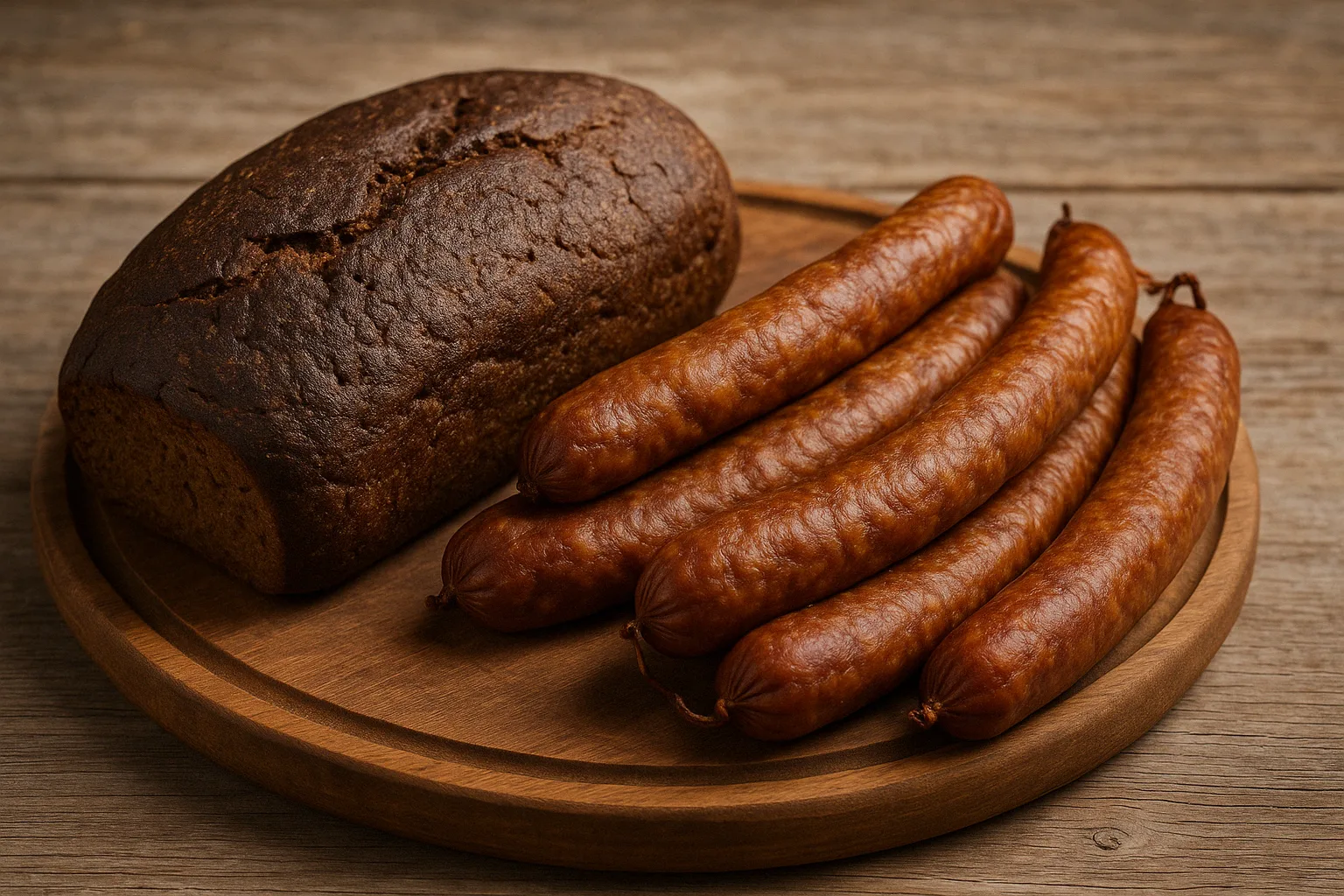
Each of these regional delicacies brings something special to a rich mosaic of Estonian culinary culture. When traveling around Estonia, it is worth trying these local specialties to fully experience the variety of flavors of this country.
Vegetarian and vegan options in Estonian cuisine
Estonian cuisine, although traditionally based on meat and fish, also dynamically develops towards vegetarian and vegan dishes. Here is a review of available options for people who avoid animal products.
Vegetarian specialties
- Peipsimaa Kartululipuder : from the Peipsimaa region, potato puree is a popular dish, often served with vegetable additives, such as mushrooms or onions.
- Köögiviljasupp : Vegetable soup is a permanent element in the menu of most Estonian restaurants. Rich in seasonal vegetables, it is both nutritious and tasty.
Vegan delicatessen
- Rukkileib with vegetables : black bread Rukileib, served with various fresh vegetables, is simple, but extremely tasty and filling.
- Värske Salatid : Fresh salads, consisting of local vegetables and fruits, are widely available in most restaurants and cafes.
Modern twists
- Vegan Burger : In cities such as Tallinn, you can more and more often find vegan burgers, which are a creative combination of traditional flavors with a modern kitchen approach.
Where to eat?
- In Tallinn and other major cities there are many restaurants and cafes offering a wide selection of vegetarian and vegan dishes. Particularly popular are places such as "Vegan Restoran V", which specialize in plant cuisine.
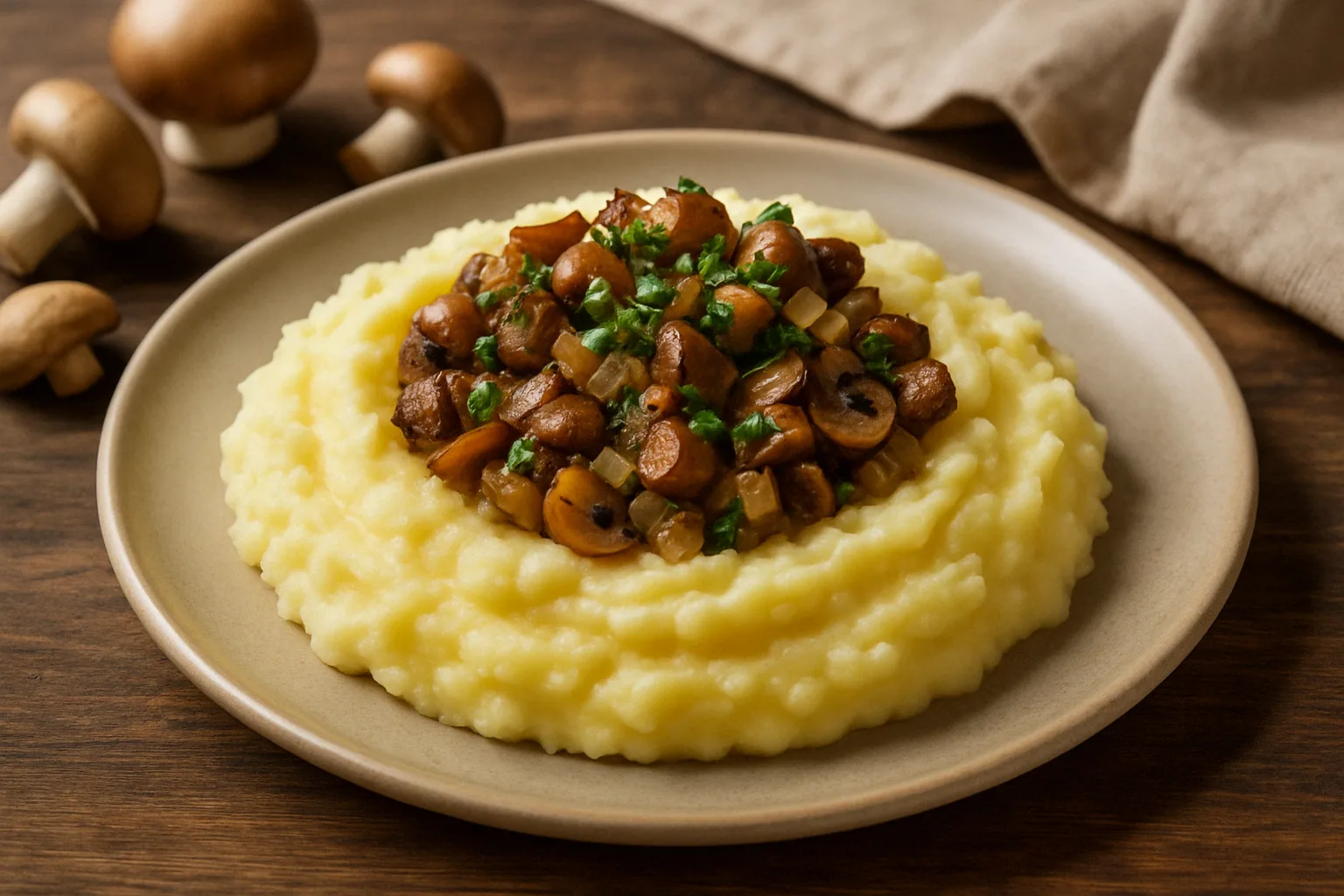
Estonian cuisine is friendly for vegetarians and vegans, offering a wide selection of tasty and healthy options. While traveling around Estonia, everyone will find something for themselves, regardless of nutritional preferences.
Estonian desserts and sweets
Estonian cuisine is famous not only for delicious main dishes, but also for unique desserts and sweets. Here are some popular Estonian sweets that every lover of sweets should try.
Kama
- Kama This is a traditional Estonian dessert, a mixture of various cereal flour, often served with milk or yogurt. It is a light and nourishing dessert, perfect for summer days.
Cohuke
- Cohuke These are small, sweet cottage cheese bars, usually covered with chocolate or topping. They are popular among children and adults, available in many flavors, from vanilla to blueberry.
Marjadega Kissell
- Marjadega Kissell It is a sweet, fruity jelly, often served with whipped cream or ice cream. This dessert is particularly popular in the summer season, when fresh local fruit is available.
Must Leib
- Must Leib It is a unique, sweet bread, made of dark malt and enriched with dried fruit such as plums or raisins. This traditional dessert is often served with butter or cheese.
Vastlakukkel
- Vastlakukkel It is a kind of cream with cream, traditionally eaten during the carnival. The soft, fluffy dough is filled with cream filling, creating a perfect combination of sweets and lightness.
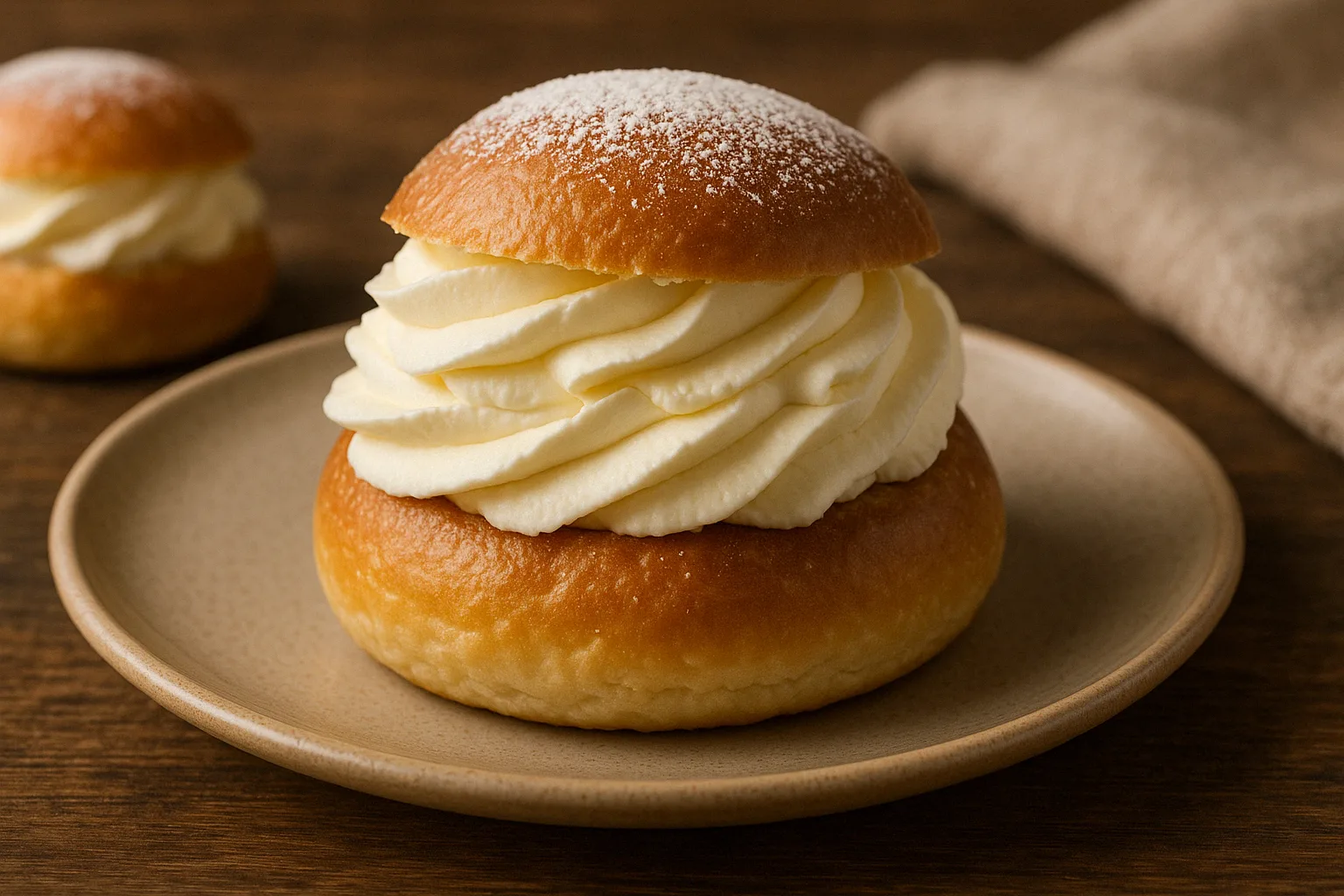
These desserts and sweets are a great example of the wealth and diversity of Estonian cuisine. Available in most cafes and shops, they are the perfect ending of any meal or a sweet delicacy for every occasion.
Typical drinks for Estonia
Estonian drinks, both alcoholic and non -alcoholic, are an important element of local culinary culture. Here is a review of the most popular drinks that can be found in Estonia.
Alcoholic beverages
- Vana Tallinn: It is a sweet herb liqueur, which is popular among both local and tourists. It is characterized by the intense taste of rum, vanilla and various herbs. Perfect for drinking clean or as an addition to coffee and cocktails.
- A. Le Coq and Saku: Two main brands of Estonian beer, which offer a wide range of beers, from light lagers to dark but. This beer is often served in bars, restaurants and at local festivals.
- Mõdu: Traditional alcoholic drink based on honey, known as drinking honey. Mõdu is popular especially in rural regions and is often served during traditional holidays and celebrations.
Non -alcoholic drinks
- Kali: This is a traditional fermented Estonian drink, similar to bread acid. It is a refreshing drink with a slightly sweet and sour taste, perfect for summer days.
- Mustikamahl: Black berry juice, which is very popular in Estonia. Mustikamahl is valued for its health properties and often consumed as a natural strengthening drink.
- KOHV: Coffee is also a very popular drink in Estonia, served both at home and in cafes. Estonians often prefer strong, black coffee, but you can also find a wide selection of milk and flavored coffees.

These drinks are an integral part of the Estonian culinary culture and blend well with various dishes. From traditional liqueurs to refreshing non -alcoholic drinks, everyone will find something for themselves during their stay in Estonia.
Where to eat: restaurant recommendations
While traveling around Estonia, it is worth visiting a few places where authentic Estonian cuisine is served. Here is a list of selected restaurants that deserve attention
Tallinn
- Rataskaevu16 : known for excellent service and local specialties, perfect for a romantic dinner.
- Leib Resto I AED : It offers modern interpretations of traditional Estonian dishes in a charming garden environment.
Tart
- Apparatus : Popular among students, this restaurant combines creativity with traditional flavors.
- Chez André : A small bistro, which serves both local dishes and international specialties.
Parrot
- Supelsaksad : a charming cafe offering both traditional dishes and modern desserts.
- Hea Maa : Restaurant known for the use of fresh, local ingredients.
Saaremaa
- Ku-Kuu : located in an old wind mill, offering unique views and authentic Estonian dishes.
Estonian cuisine is a fascinating mix of tradition and modernity. From classic dishes to modern interpretations, everyone will find something for themselves. Restaurants in Estonia offer a wide range of flavors, from fresh fish and seafood, to rich soups and aromatic breads.
During your stay in this beautiful country, it is necessary to discover the richness of local culinary culture and enjoy every bite.
